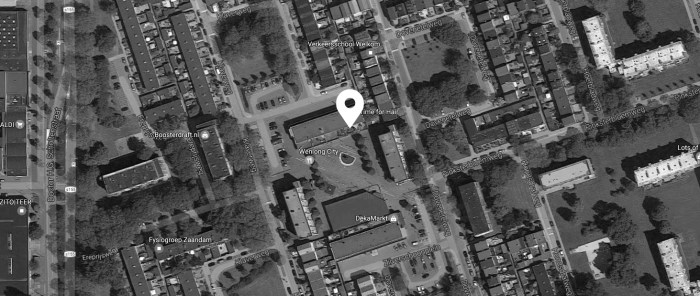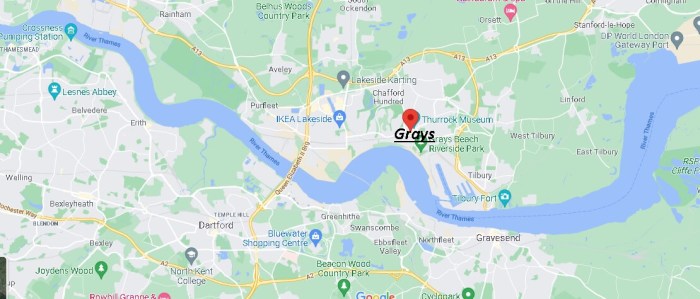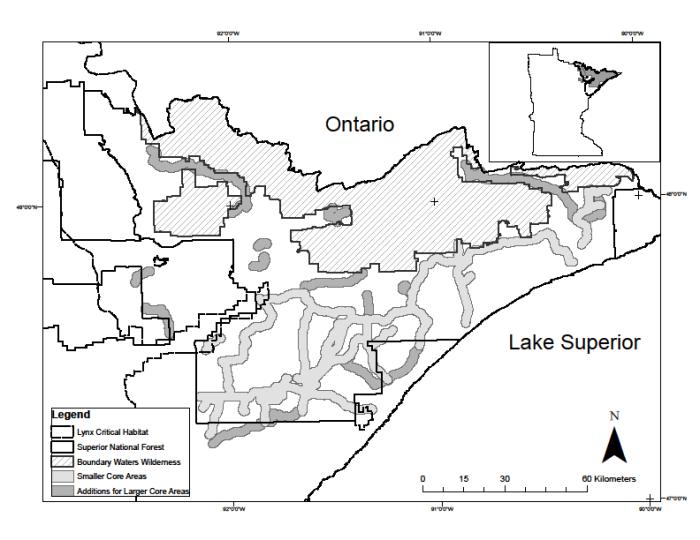Embark on a journey into the world of “between shades of gray maps,” where intricate patterns and subtle hues reveal hidden insights and illuminate complex data. These versatile tools, ranging from simple grayscale images to sophisticated geospatial representations, empower us to visualize and analyze information in a visually compelling manner.
From scientific research to urban planning, between shades of gray maps are indispensable tools for discerning patterns, identifying trends, and making informed decisions. Join us as we delve into the fascinating world of gray maps, exploring their creation, applications, and the latest advancements in this captivating field.
Definition and Overview: Between Shades Of Gray Map

A “between shades of gray map” is a type of thematic map that represents data using shades of gray, with lighter shades indicating lower values and darker shades indicating higher values. These maps are often used to visualize data that has a continuous range of values, such as population density, elevation, or temperature.
There are different types of gray maps, each with its own purpose and application. Some common types include:
- Choropleth maps: These maps use different shades of gray to represent the average value of a variable within a geographic area, such as a county or state.
- Isopleth maps: These maps use lines to connect points of equal value, creating a contour-like effect. They are often used to represent data that varies continuously over space, such as temperature or elevation.
- Dot maps: These maps use dots to represent the location of data points. The size and density of the dots can be used to indicate the value of the variable at that location.
Gray maps are used in a variety of fields, including geography, economics, and social sciences. They are a powerful tool for visualizing data and identifying patterns and trends.
Examples of Applications
Here are a few examples of how between shades of gray maps are used in various fields:
- Population density maps: These maps use shades of gray to represent the number of people living in a given area. They can be used to identify areas with high or low population density and to study the distribution of population.
- Elevation maps: These maps use shades of gray to represent the height of the land above sea level. They can be used to identify mountains, valleys, and other topographic features.
- Temperature maps: These maps use shades of gray to represent the temperature of the air or water. They can be used to identify areas with high or low temperatures and to study the distribution of temperature.
- Economic maps: These maps use shades of gray to represent economic data, such as income, poverty rates, or unemployment rates. They can be used to identify areas with high or low economic development and to study the distribution of economic resources.
Methods for Creating a Between Shades of Gray Map

Creating a between shades of gray map involves several steps and requires the use of specific software and tools. Here’s an overview of the process:
Data Preparation
Begin by collecting the necessary data, such as elevation data or satellite imagery. Ensure the data is in a suitable format for processing.
Software Selection
Choose software that supports the creation of between shades of gray maps. Common options include ArcGIS, QGIS, and Photoshop.
Data Processing
Process the data using the selected software to create a continuous grayscale image. This may involve applying algorithms to enhance contrast and adjust the tonal range.
Map Creation, Between shades of gray map
Use the processed grayscale image to create a map. Assign different shades of gray to represent specific values in the data. For example, lighter shades could indicate higher elevations or brighter areas.
Interpretation
Interpret the resulting map by analyzing the distribution of shades of gray. Identify patterns, trends, and relationships in the data.
Applications and Use Cases

Between shades of gray maps find diverse applications across various fields, offering valuable insights and aiding in decision-making processes.
Their primary benefit lies in their ability to represent data in a visually accessible and intuitive manner, facilitating quick identification of patterns, trends, and outliers.
Medical Imaging
In medical imaging, between shades of gray maps are used extensively to visualize anatomical structures and diagnose medical conditions. They provide detailed information about the density and composition of tissues, allowing medical professionals to detect abnormalities, tumors, and other health issues.
Environmental Monitoring
Environmental scientists utilize between shades of gray maps to monitor environmental changes, such as land cover patterns, deforestation, and water quality. These maps help identify areas of concern, track changes over time, and support conservation efforts.
Urban Planning
In urban planning, between shades of gray maps are used to analyze land use, population density, and infrastructure distribution. They provide valuable information for planning and development decisions, ensuring efficient resource allocation and sustainable urban growth.
Social Sciences
Social scientists use between shades of gray maps to visualize data on social phenomena, such as poverty levels, crime rates, and educational attainment. These maps help identify disparities, understand social dynamics, and develop targeted interventions to address social issues.
Design Considerations

When designing a between shades of gray map, several factors should be taken into account to ensure its effectiveness and clarity. These include:
Color scheme:The choice of colors should be carefully considered to ensure that the map is visually appealing and easy to read. The colors should be distinct enough to allow for easy differentiation between different shades of gray, but they should not be too contrasting as to create visual clutter.
Scale:The scale of the map should be appropriate for the intended purpose. A larger scale map will allow for more detail, but it may be difficult to fit all of the necessary information onto the map. A smaller scale map will be easier to read, but it may not be able to show as much detail.
The nuances of the “Between Shades of Gray” map are akin to the intricate notes of a B minor scale bass clef , each shade representing a subtle shift in perspective. As we navigate this map, we traverse a realm where shadows and light intertwine, much like the interplay of low and high notes in the scale, creating a tapestry of emotions and experiences.
Level of detail:The level of detail on the map should be appropriate for the intended audience. A map that is too detailed may be difficult to read and understand, while a map that is not detailed enough may not provide enough information.
It is important to find a balance between the two extremes.
Advanced Techniques

Creating and analyzing between shades of gray maps involves advanced techniques that enhance their accuracy and usefulness. These techniques leverage statistical analysis and geospatial data to provide deeper insights into the underlying patterns and relationships within the data.
Statistical Analysis
Statistical analysis plays a crucial role in identifying trends, patterns, and anomalies in between shades of gray maps. Techniques such as linear regression, correlation analysis, and clustering algorithms can be applied to extract meaningful information from the data. By analyzing the relationships between different shades of gray, researchers can identify areas of interest, predict future trends, and make informed decisions.
Geospatial Data Integration
Integrating geospatial data, such as elevation, land use, and population density, with between shades of gray maps provides a comprehensive understanding of the spatial context. By overlaying geospatial data onto the maps, researchers can identify relationships between the shades of gray and various environmental or socioeconomic factors.
This integration enables the identification of areas with specific characteristics, such as areas at risk of environmental degradation or areas with high population growth.
Latest Developments and Trends
The field of gray map creation is constantly evolving, with new developments and trends emerging. Advanced machine learning algorithms, such as deep learning and neural networks, are being applied to automate the process of creating and analyzing between shades of gray maps.
These algorithms can learn from large datasets and identify complex patterns that may not be apparent to human analysts. Additionally, the integration of real-time data sources, such as satellite imagery and sensor data, is enabling the creation of dynamic between shades of gray maps that reflect the changing conditions on the ground.
Answers to Common Questions
What are the key advantages of using between shades of gray maps?
Between shades of gray maps offer several advantages, including their ability to:
- Visualize continuous data with high levels of detail
- Enhance contrast and highlight subtle variations
- Convey complex information in a visually appealing and intuitive manner
What types of software can be used to create between shades of gray maps?
Numerous software options are available for creating between shades of gray maps, including:
- Image editing software (e.g., Photoshop, GIMP)
- Geographic information systems (GIS) software (e.g., ArcGIS, QGIS)
- Data visualization libraries (e.g., matplotlib, seaborn)
What are some real-world applications of between shades of gray maps?
Between shades of gray maps find applications in various fields, such as:
- Medical imaging (e.g., X-rays, MRI scans)
- Satellite imagery analysis (e.g., land use mapping, environmental monitoring)
- Weather forecasting (e.g., visualizing temperature gradients, precipitation patterns)
- Financial analysis (e.g., heat maps of stock market data)
